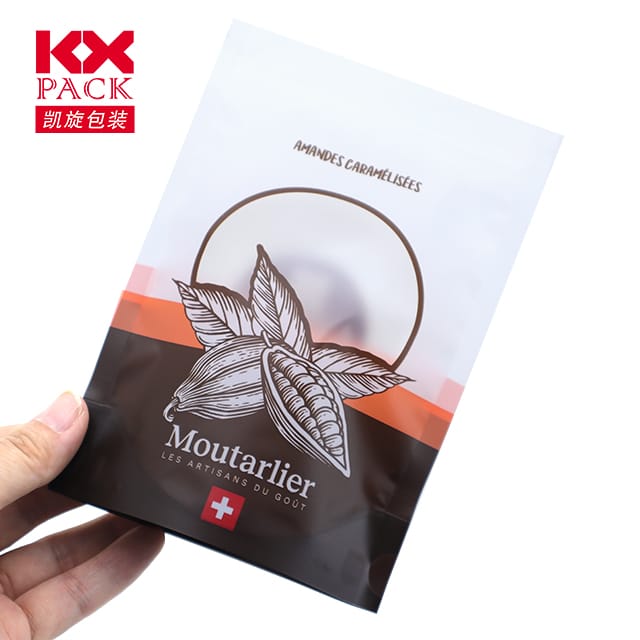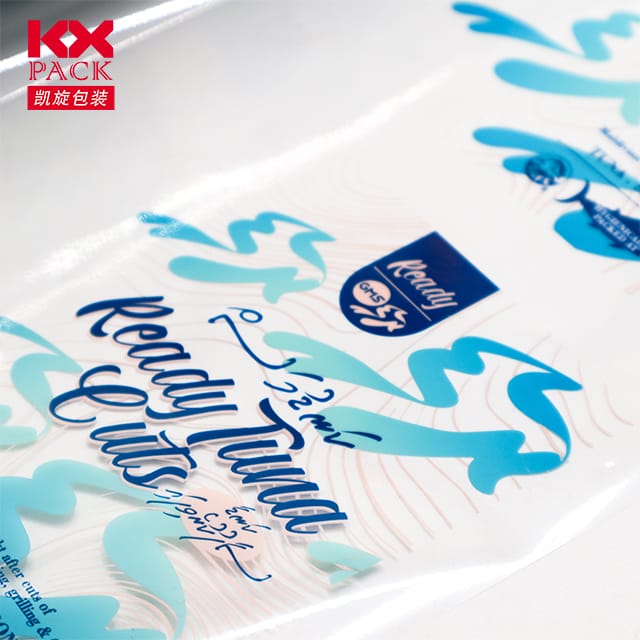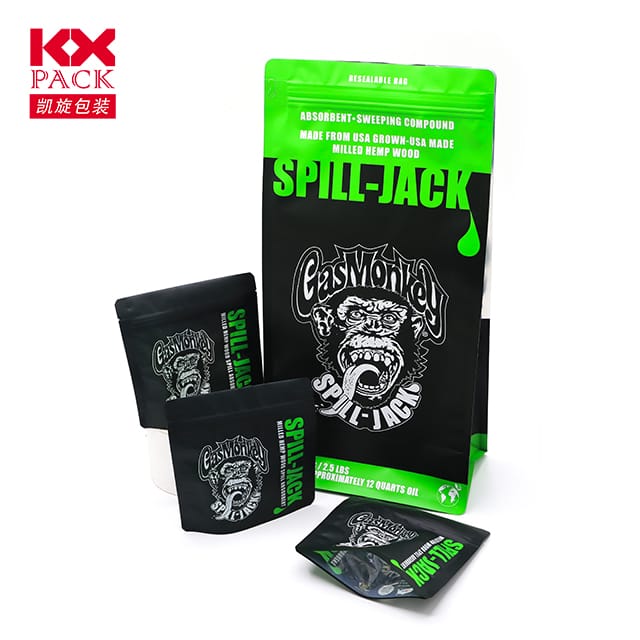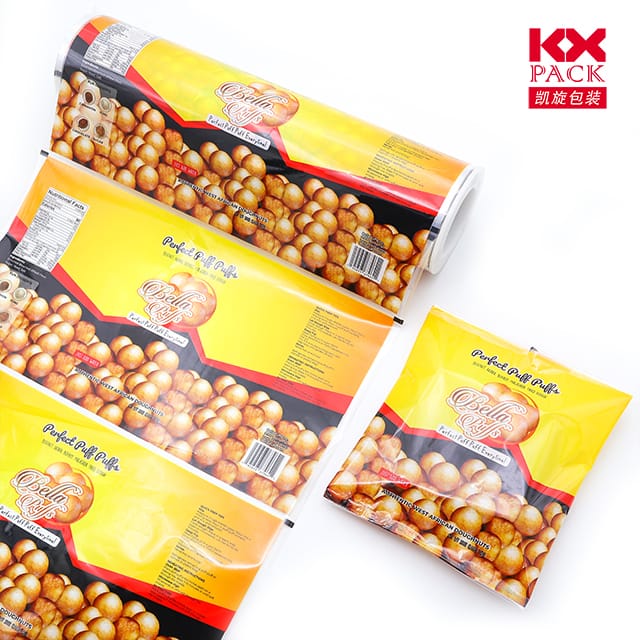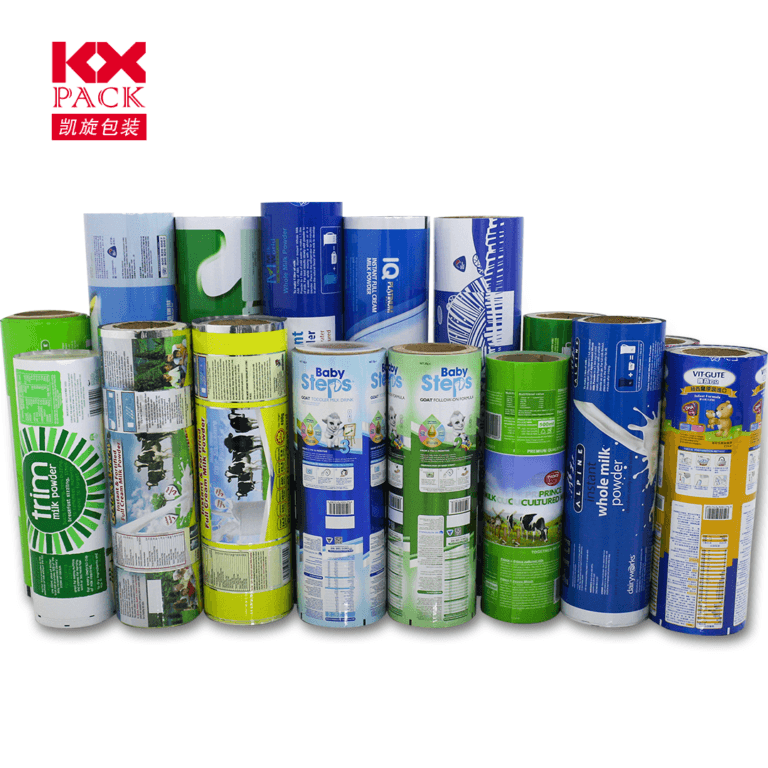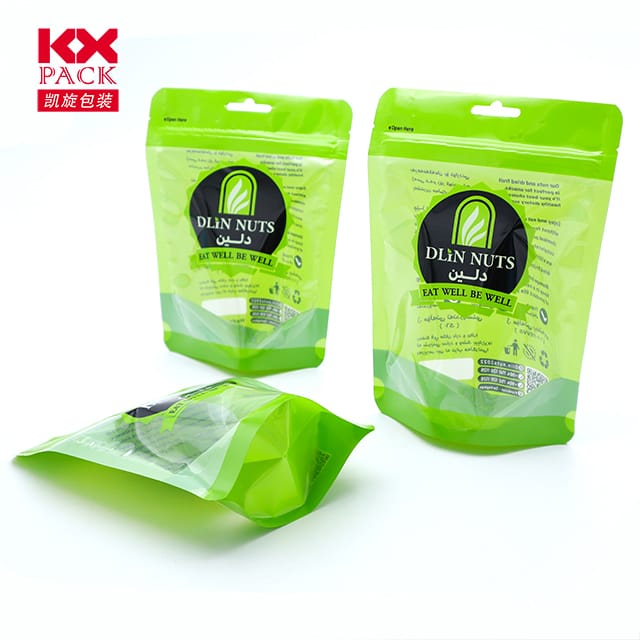A evolução do filme de embalagem flexível: Sustentabilidade, Inovação, e impacto do consumidor
Filme de embalagem flexível
Na paisagem de consumidor em ritmo acelerado de hoje, filme de embalagem flexível emergiu como uma pedra angular da proteção e conveniência moderna de produtos. De alimentos e bebidas a produtos farmacêuticos e itens de cuidados pessoais, Este leve, Material versátil está remodelando as indústrias, equilibrando a funcionalidade, Eficiência de custo, e responsabilidade ambiental. Vamos nos aprofundar nas últimas tendências, desafios, e avanços em filmes de embalagem flexíveis que estão impulsionando o futuro da embalagem sustentável.
1. O que é filme de embalagem flexível?
Filme de embalagem flexível refere-se a materiais não rígidos usados para envolver, selo, ou contém produtos. Comumente feito de polímeros como polietileno (EDUCAÇAO FISICA), polipropileno (PP), poliéster (BICHO DE ESTIMAÇÃO), e alternativas biodegradáveis, esses filmes oferecem vantagens como:
- Design leve: Reduz as emissões de remessa e os custos de material.
- Propriedades da barreira: Protege contra a umidade, oxigênio, Luz UV, e contaminantes.
- Personalização: Permite a marca por meio de impressão de alta qualidade e formas únicas.
- Prolongar a vida útil: Preserva o frescor do produto, crucial para perecíveis.
2. Sustentabilidade: A força motriz
A indústria de embalagens enfrenta pressão de montagem para minimizar os resíduos e pegadas de carbono. Filmes flexíveis estão se adaptando:
um. Materiais biodegradáveis e compostáveis
- PLA (Ácido polilático): Derivado de recursos renováveis como amido de milho, O PLA se decompõe em instalações de compostagem industrial.(Filme de embalagem flexível)
- Pha (Poli -hidroxialkanoatos): Um polímero biodegradável produzido por bactérias, Ideal para aplicações degradáveis marinhas.
- Laminados à base de papel: Combinando papel com bioplásticos para soluções recicláveis ou compostáveis.
Marcas comoCara do corpo eNatureworks são filmes compostáveis pioneiros que atendem aos padrões de compostagem industrial (Por exemplo, EM 13432), oferecendo uma alternativa viável aos plásticos tradicionais.
b. Monomateriais recicláveis
Estruturas mono-material (Por exemplo, Filmes All-Pe-PE ou All-PP) Simplifique a reciclagem eliminando incompatibilidades de várias camadas. Inovações comoAMLITE HEATFLEX RECICLÍVEL da Amcor Use barreiras poliméricas únicas para manter o desempenho e habilitar a circularidade.
c. Pós-consumidor reciclado (PCR) Contente
A incorporação de plásticos reciclados em filmes flexíveis reduz o uso de material virgem. Por exemplo, Tecnologia de reciclagem da Dow Permite que os filmes de polietileno sejam reciclados através de programas de entrega de lojas.
3. Avanços tecnológicos
um. Filmes de alta barreira para vida útil mais longa
Revestimentos avançados e nanotecnologia aprimoram as propriedades da barreira sem adicionar volume. Por exemplo, óxido de silício (Siox) e óxido de alumínio (Alox) Revestimentos Forneça barreiras de oxigênio e umidade comparáveis aos filmes metálicos, mas com benefícios de reciclabilidade.
b. Embalagem ativa e inteligente
- Catadores de oxigênio: Integrado aos filmes para estender o frescor do produto (Por exemplo, Mitsubishi Gas Chemical AGELEJA®).
- Indicadores de temperatura: Etiquetas de mudança de cores que alertam os consumidores a deteriorar os riscos.
- Códigos QR e tags NFC: Habilitar rastreabilidade e engajamento do consumidor via smartphones.
c. Medidores leves e magros
Os fabricantes estão reduzindo a espessura do filme sem sacrificar a força. Por exemplo, Tecnologia Borstar® da Borealis produz filmes de PE ultrafinos que cortam o uso de material por até 30%.
4. Desafios e o caminho à frente
Apesar do progresso, obstáculos permanecem:
- Infraestrutura de reciclagem: Muitos filmes flexíveis são difíceis de reciclar devido a designs ou contaminação de várias camadas.
- Custo vs.. Sustentabilidade: Materiais biodegradáveis geralmente custam mais do que os plásticos convencionais.
- Educação do consumidor: Conceitos errôneos sobre compostabilidade (Por exemplo, Home vs.. Compostagem industrial) impedir a adoção.
Soluções no horizonte:
- Reciclagem química: Transformando plásticos mistos em matérias -primas para novos filmes (Por exemplo, Tecnologias de PureCycle).
- Etiquetas padronizadas: Instruções mais claras de reciclagem/compostagem para reduzir a confusão.
- Suporte de políticas: Responsabilidade prolongada do produtor (Epr) Leis incentivando o design ecológico.
5. A perspectiva do consumidor
Os compradores modernos priorizam a sustentabilidade, mas exigem qualidade intomiada. As marcas devem equilibrar:
- Conveniência: Fácil de abrir, filmes selvagens para estilos de vida on-the-go.
- Transparência: Mensagens claras sobre ecologicamente atributos (Por exemplo, “100% Reciclável” ou “Compostável doméstico”).
- Estética: Impressão de alta definição para manter o apelo da marca.
Conclusão: Um futuro flexível
O filme de embalagem flexível está em uma encruzilhada - onde a inovação atende à responsabilidade. A mudança em direção a materiais sustentáveis, Juntamente com tecnologias de embalagens inteligentes, promete um futuro onde os produtos são protegidos, O lixo é minimizado, E o planeta prospera.
Chamado à ação:
- Consumidores: Apoiar marcas usando filmes recicláveis/compostáveis e defender uma melhor infraestrutura de reciclagem.
- Fabricantes: Invista em r&D para projetos mono-material e sistemas de circuito fechado.
- Formuladores de políticas: Aplicar mais rigorosos eco-padrões e incentivar práticas de economia circular.
Junto, Podemos transformar embalagens flexíveis em um símbolo de progresso - não poluição. 🌍♻️
Fontes: Associação de embalagens flexíveis, Smithers Pira, Dow Chemical, Amcor, e relatórios de sustentabilidade do setor.

